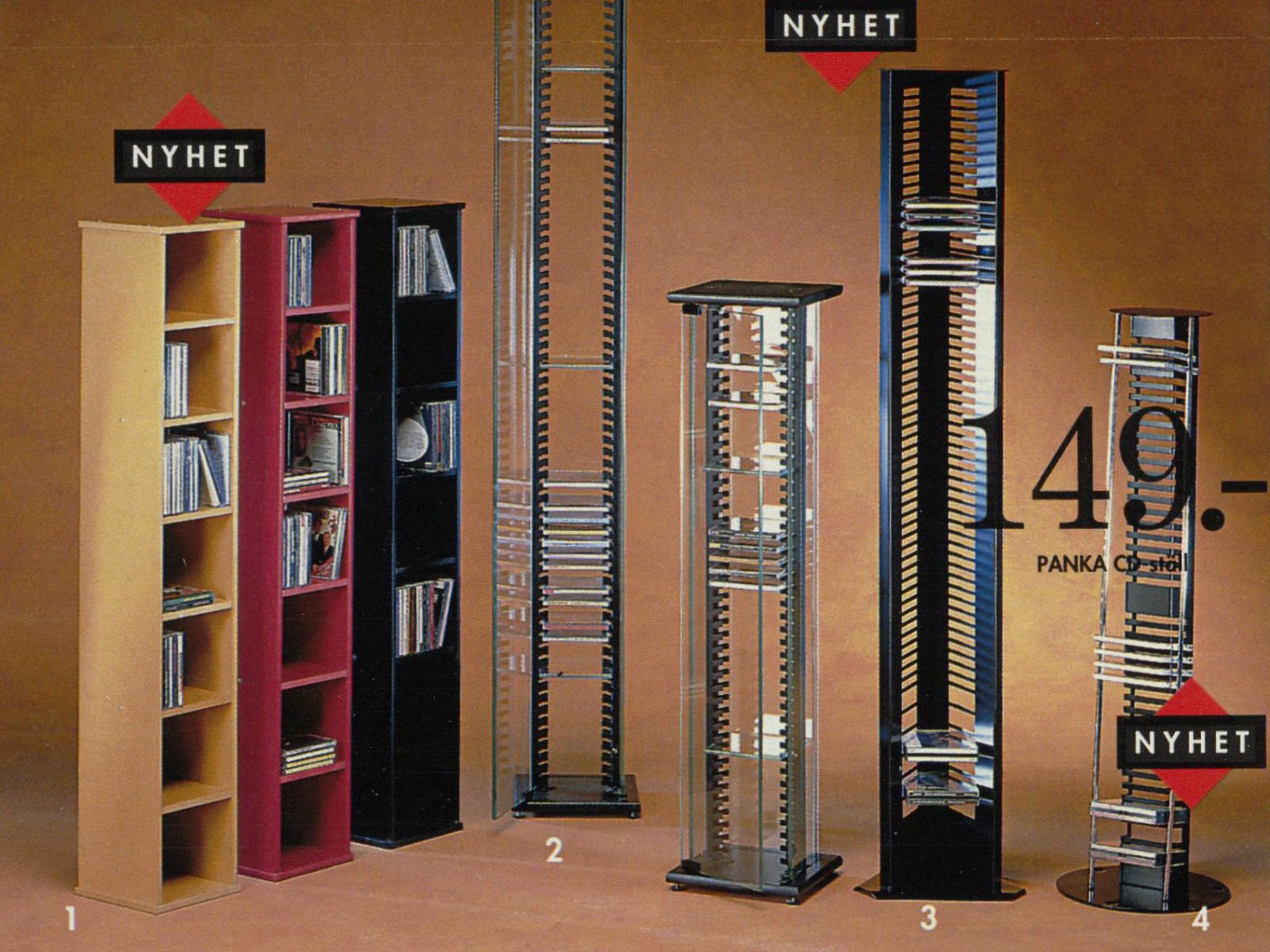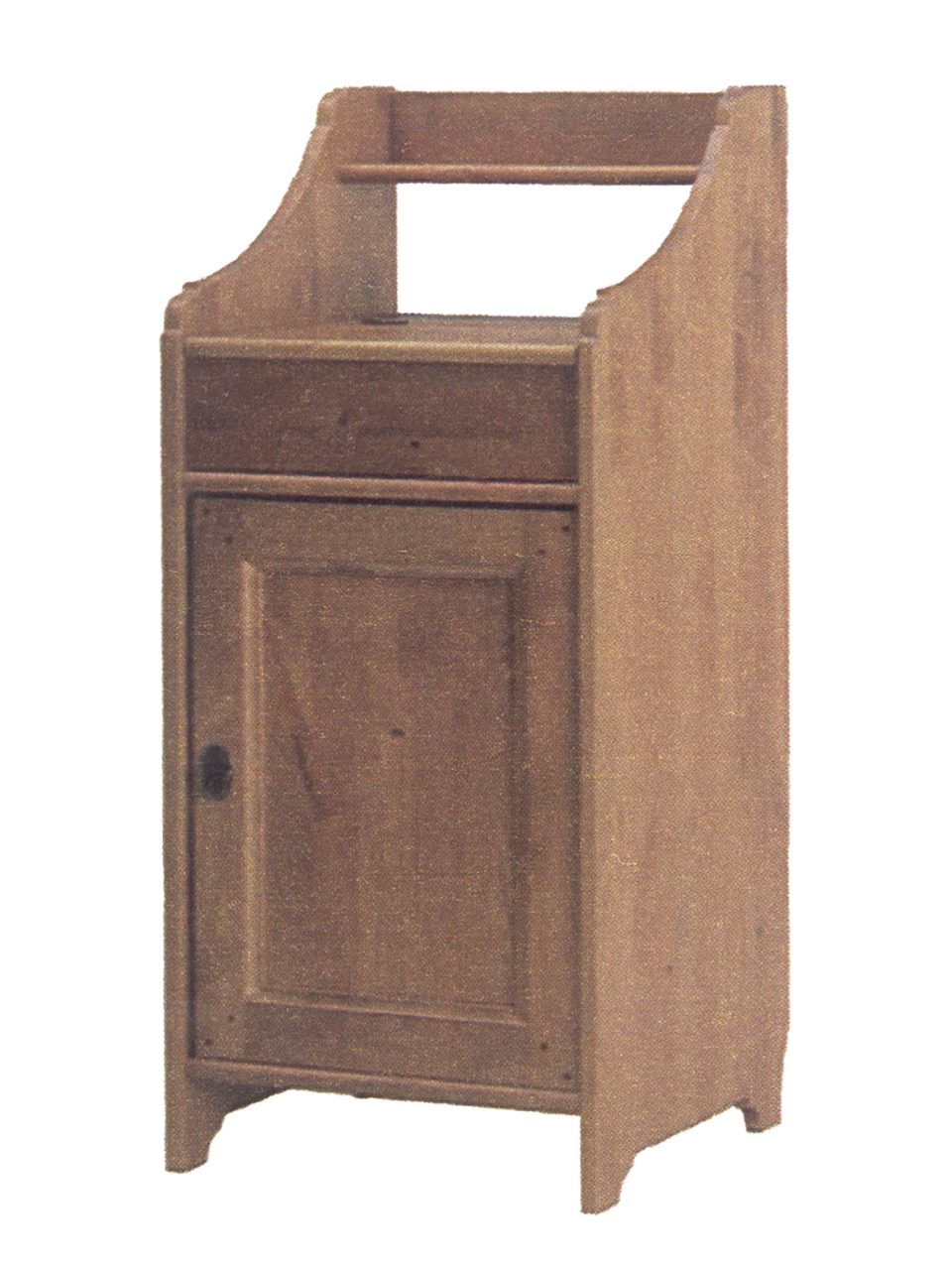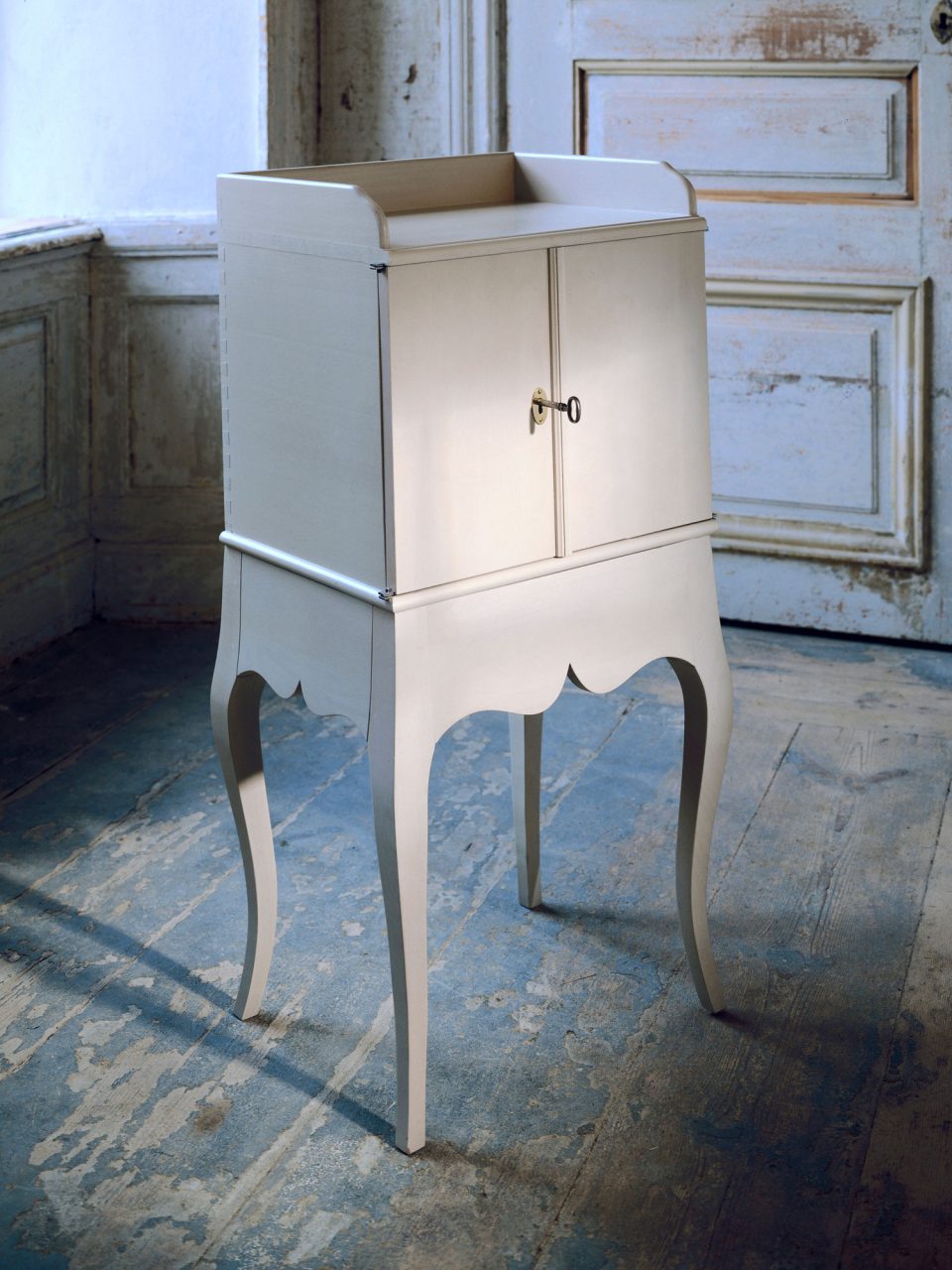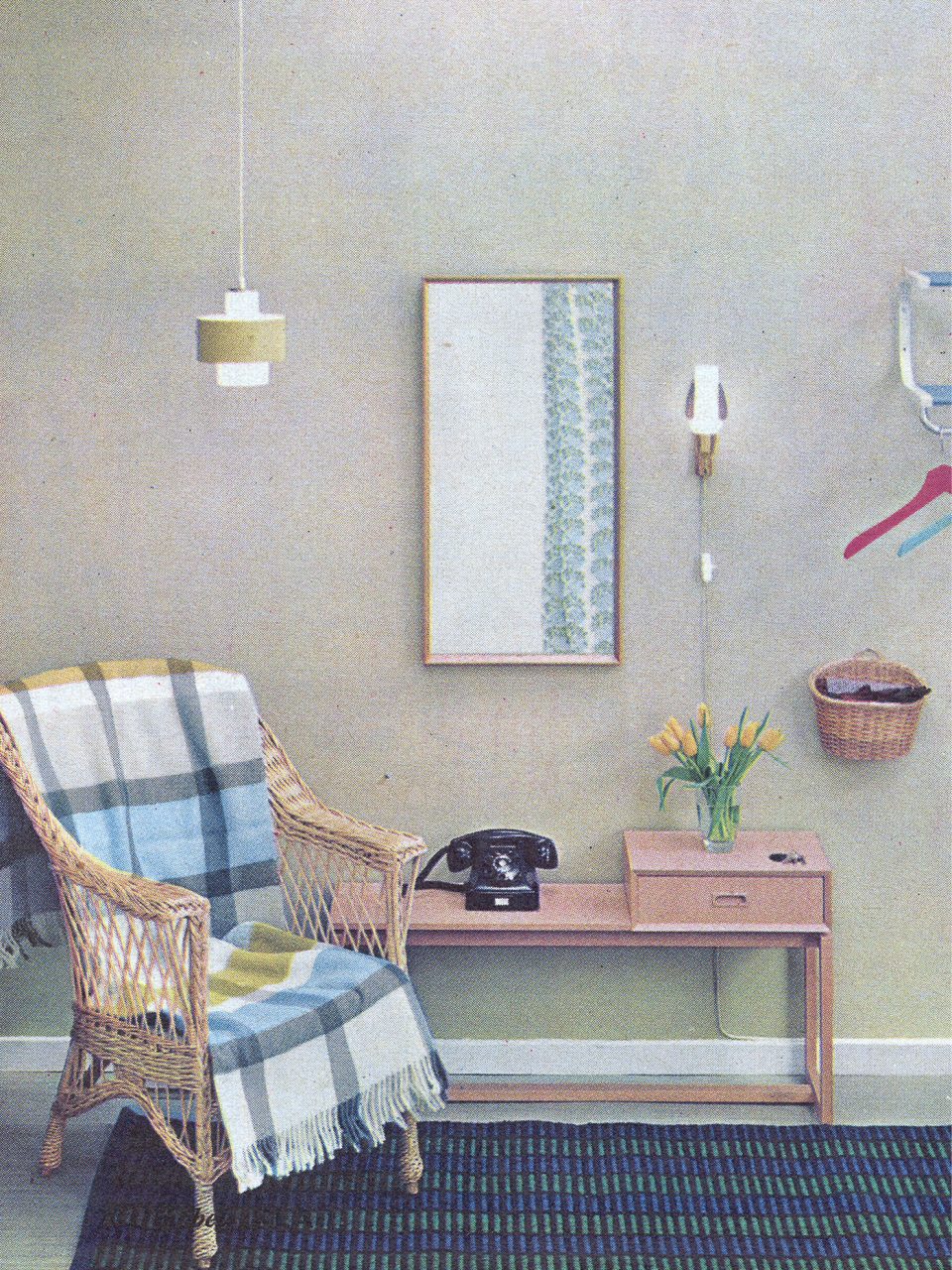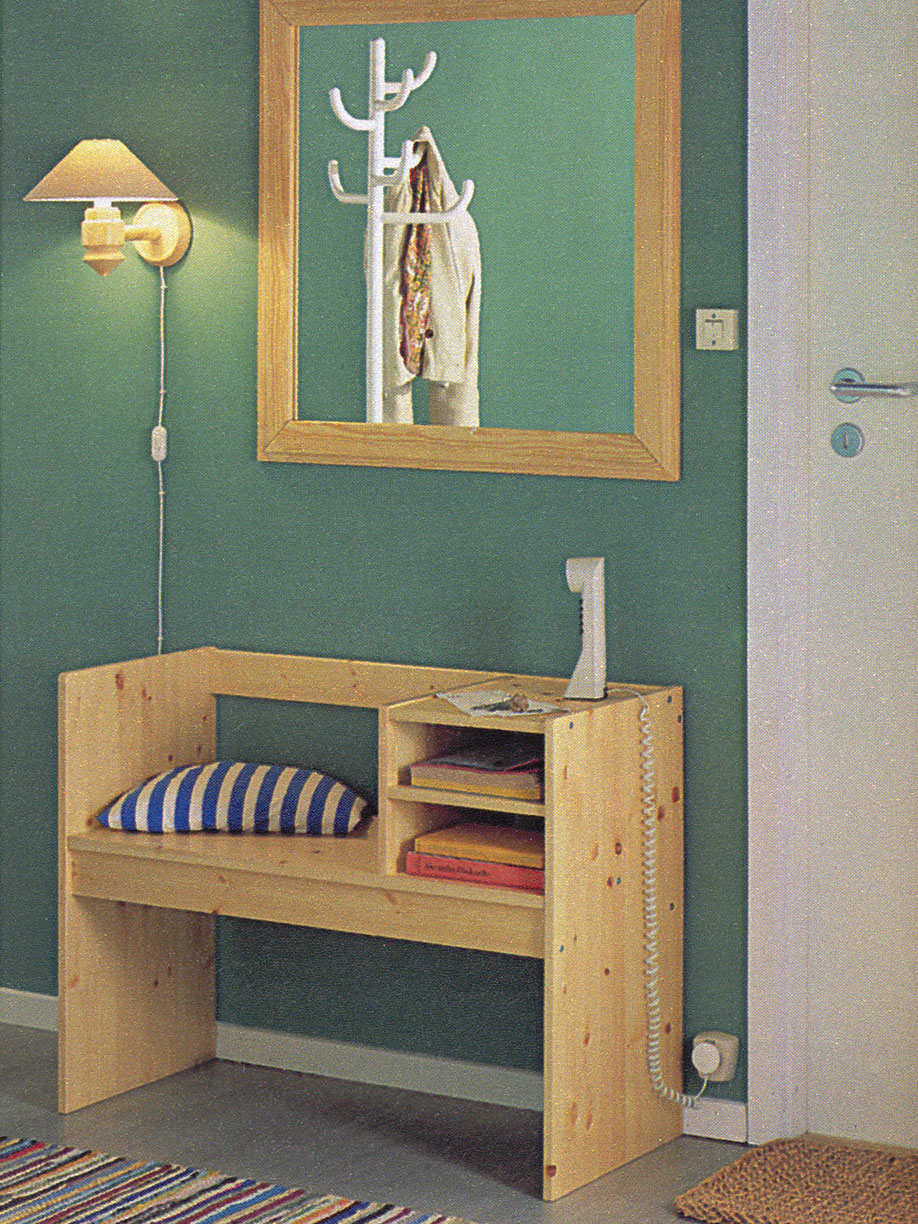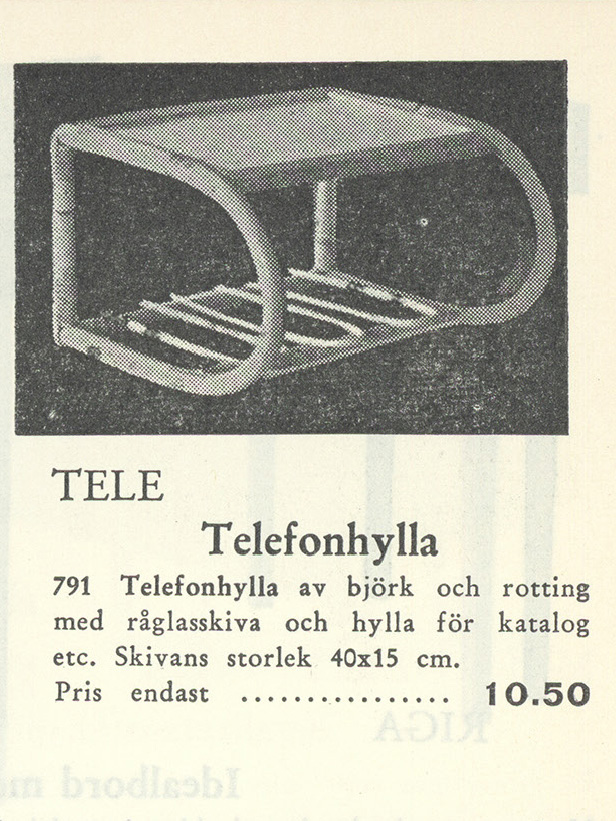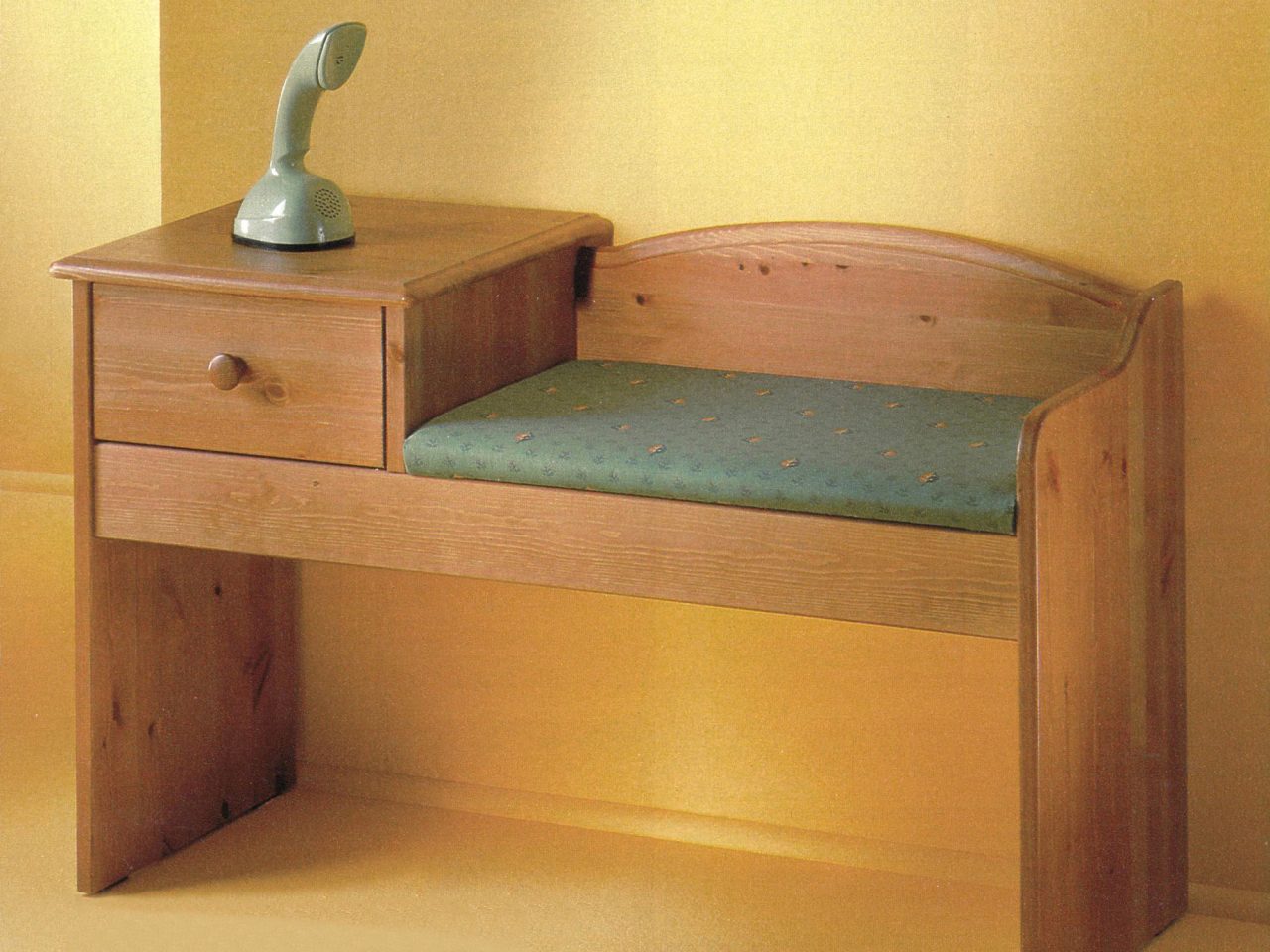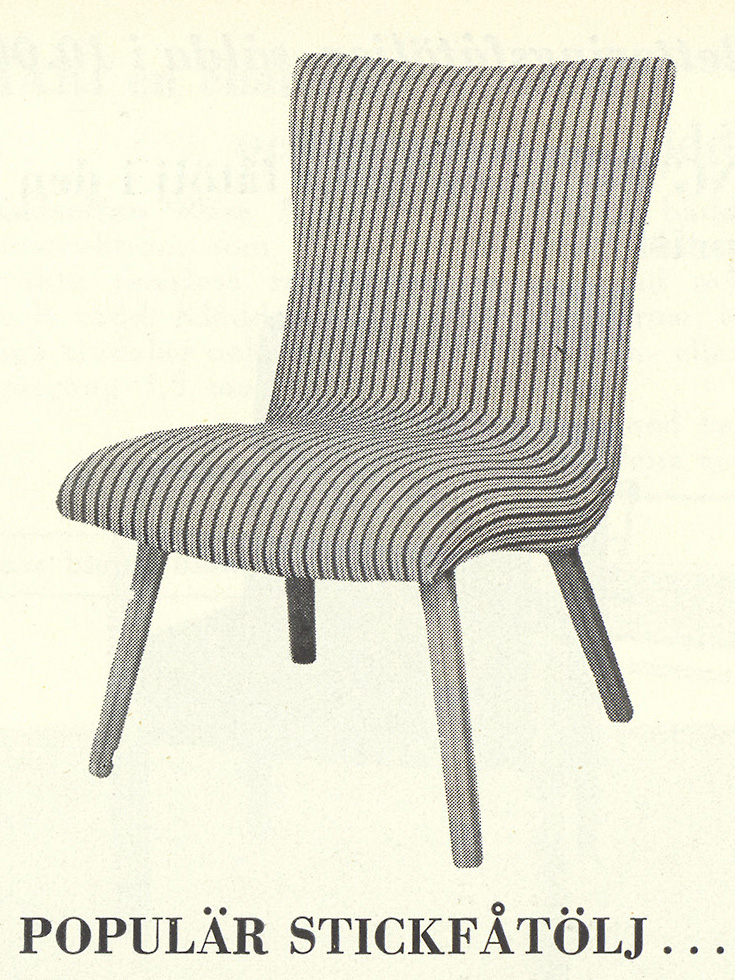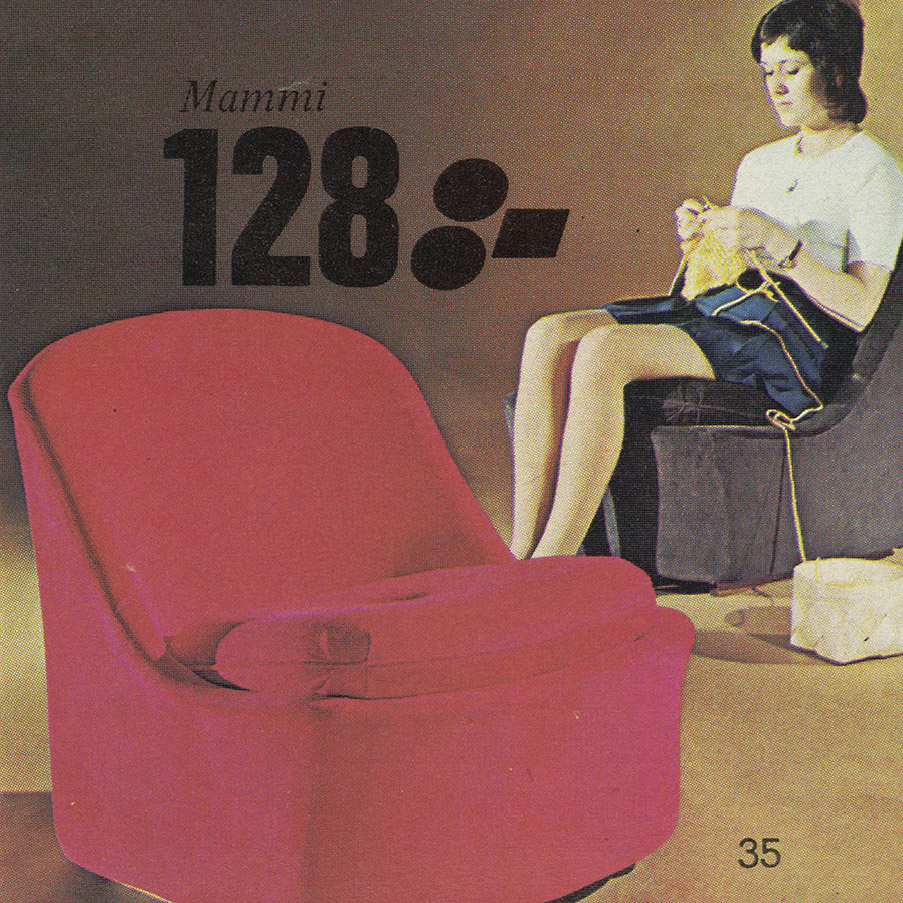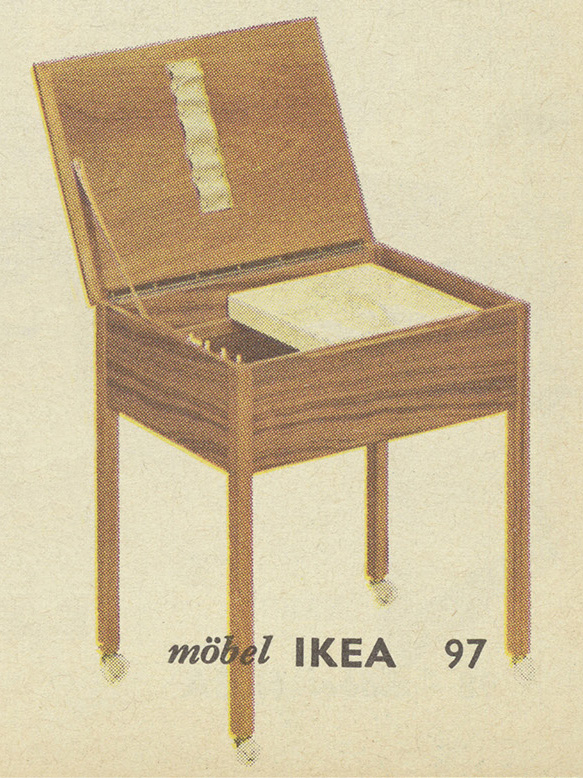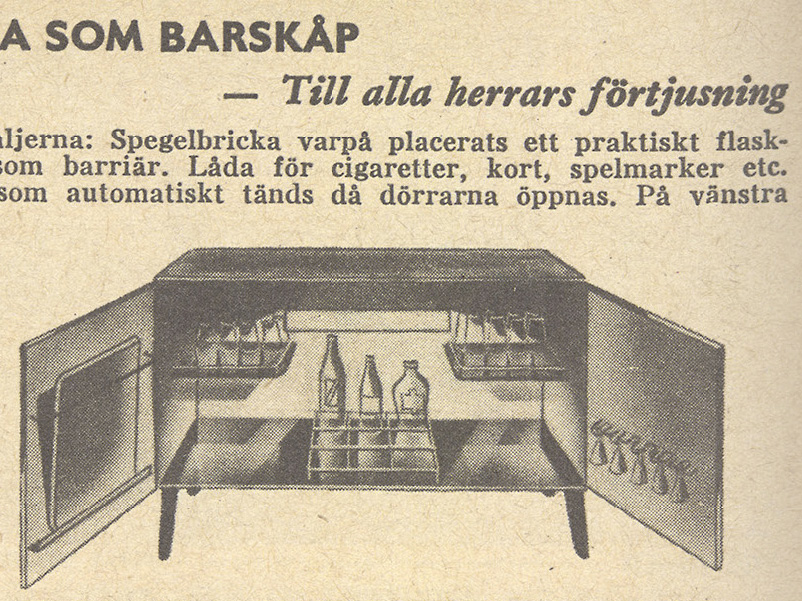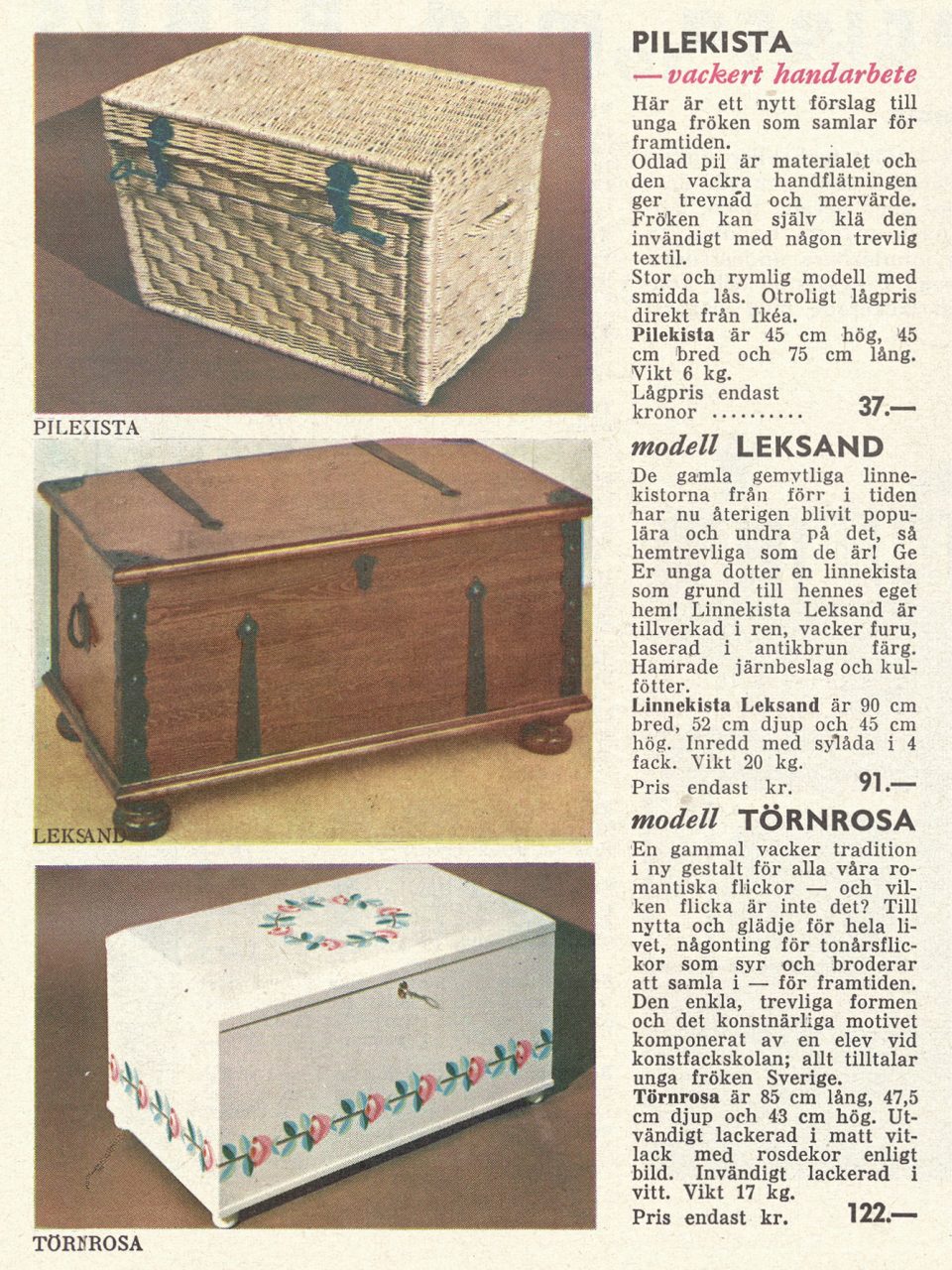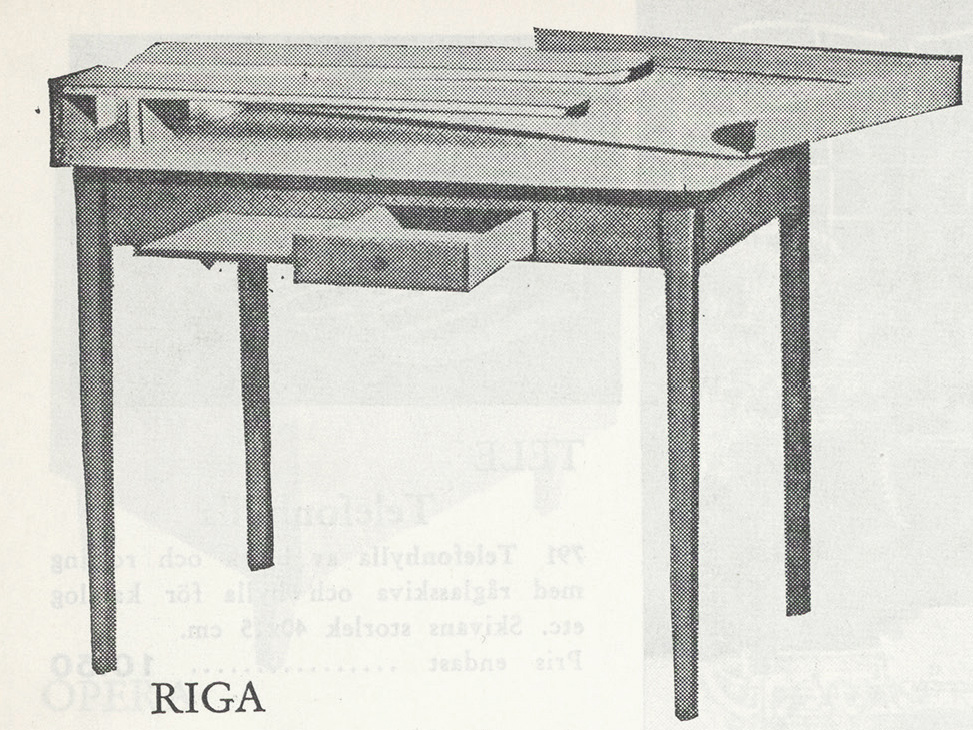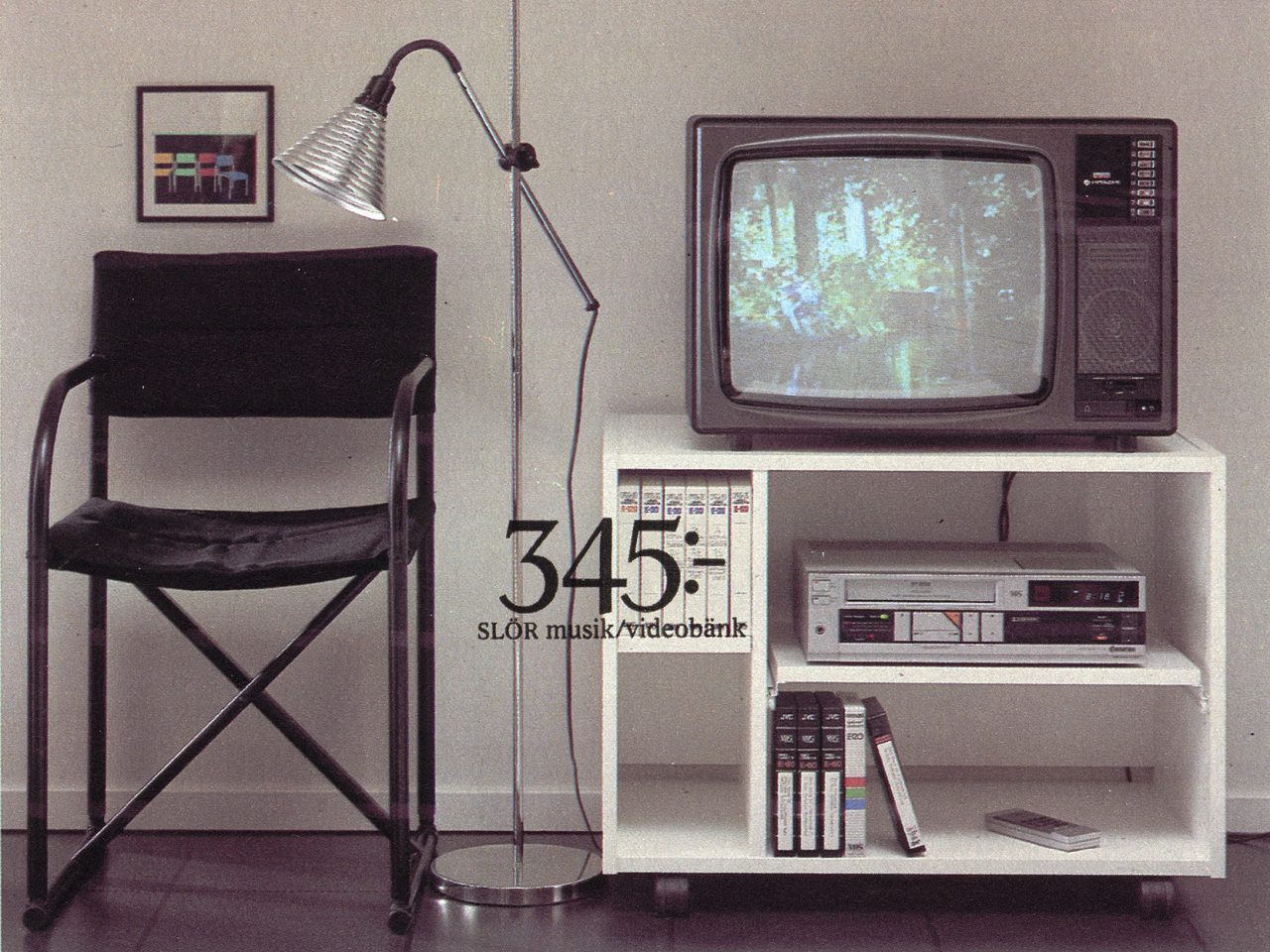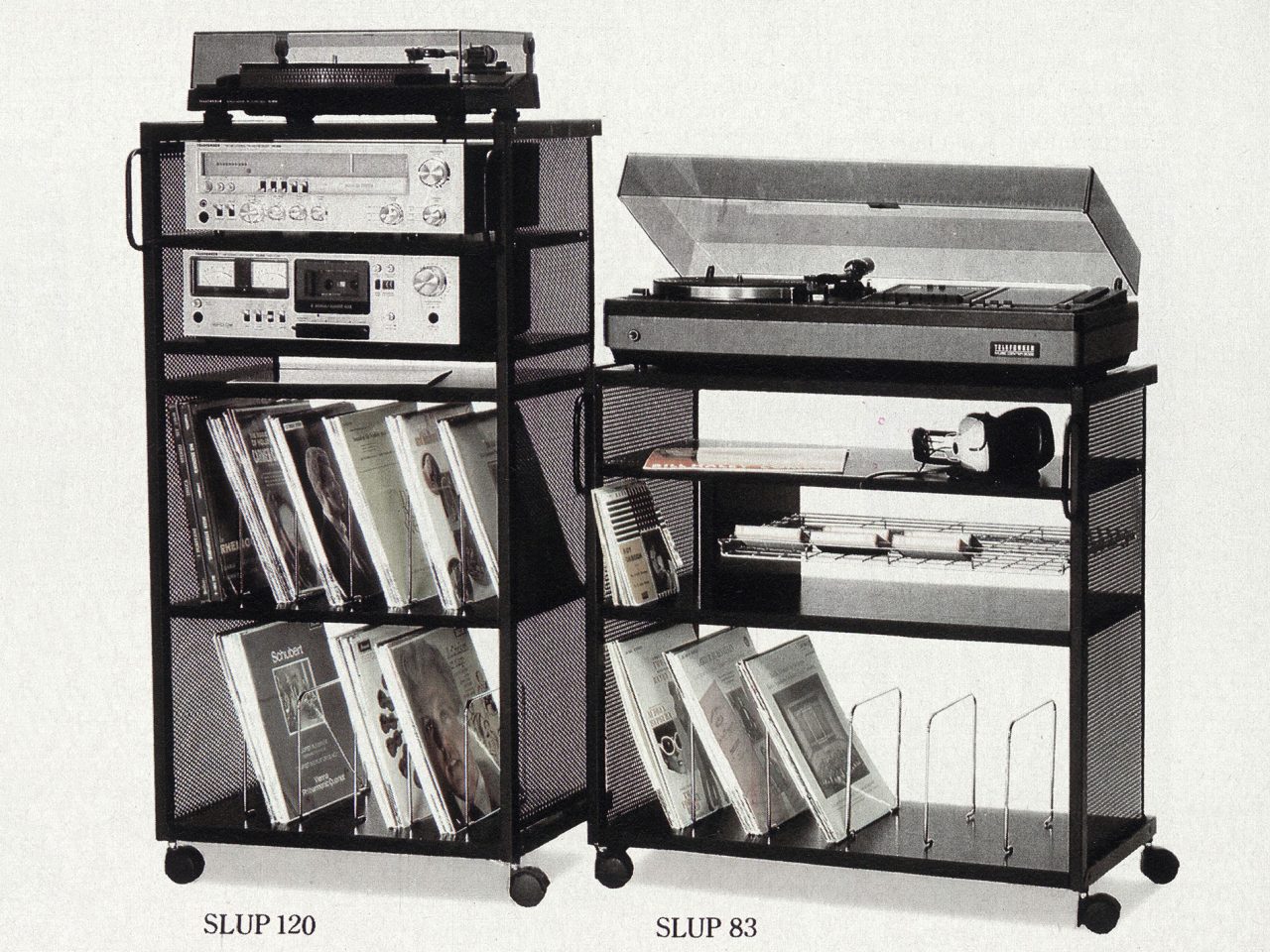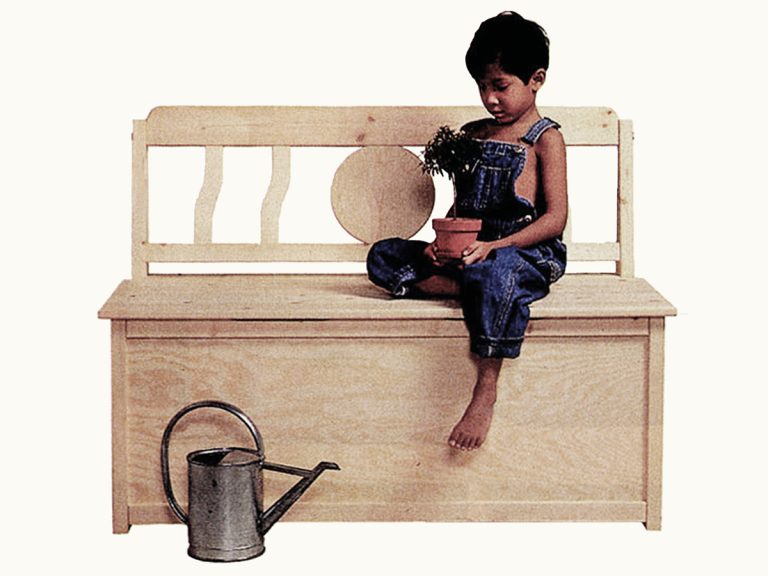Times change, but most basic furniture in a home is still needed. Dining tables and chairs have the same main function today as they did a thousand years ago. Beds and wardrobes are pretty much the same, although people are now generally taller and have more money, so we need longer, wider beds and bigger closets for our clothes.
Extinct furniture
From necessary to unnecessary
Is there such a thing as furniture that will never come back, despite our nostalgic love of retro? Furniture that we simply couldn’t do without in the past, but has now long been forgotten? What’s a telephone table? How do you use a chamber pot cabinet, and who’s supposed to sit on a sewing pouffe?
One piece of furniture that seems to have vanished completely is the chamber pot cabinet – although IKEA preferred the less descriptive term “night cabinet” in the early 1950s. In those days, many Swedish homes still had no running water or drains, and outside toilets were common both in urban areas and in the countryside.
In posher homes a commode was sometimes used, a kind of wooden armchair – in castles and manors they were often upholstered in silk and velvet – with a lid covering the actual pot. In regular homes though, the chamber pot cabinet was a life-saver, either during the night or when the weather was bad. Starting in the mid-1950s, more and more Swedish homes had porcelain toilets installed.
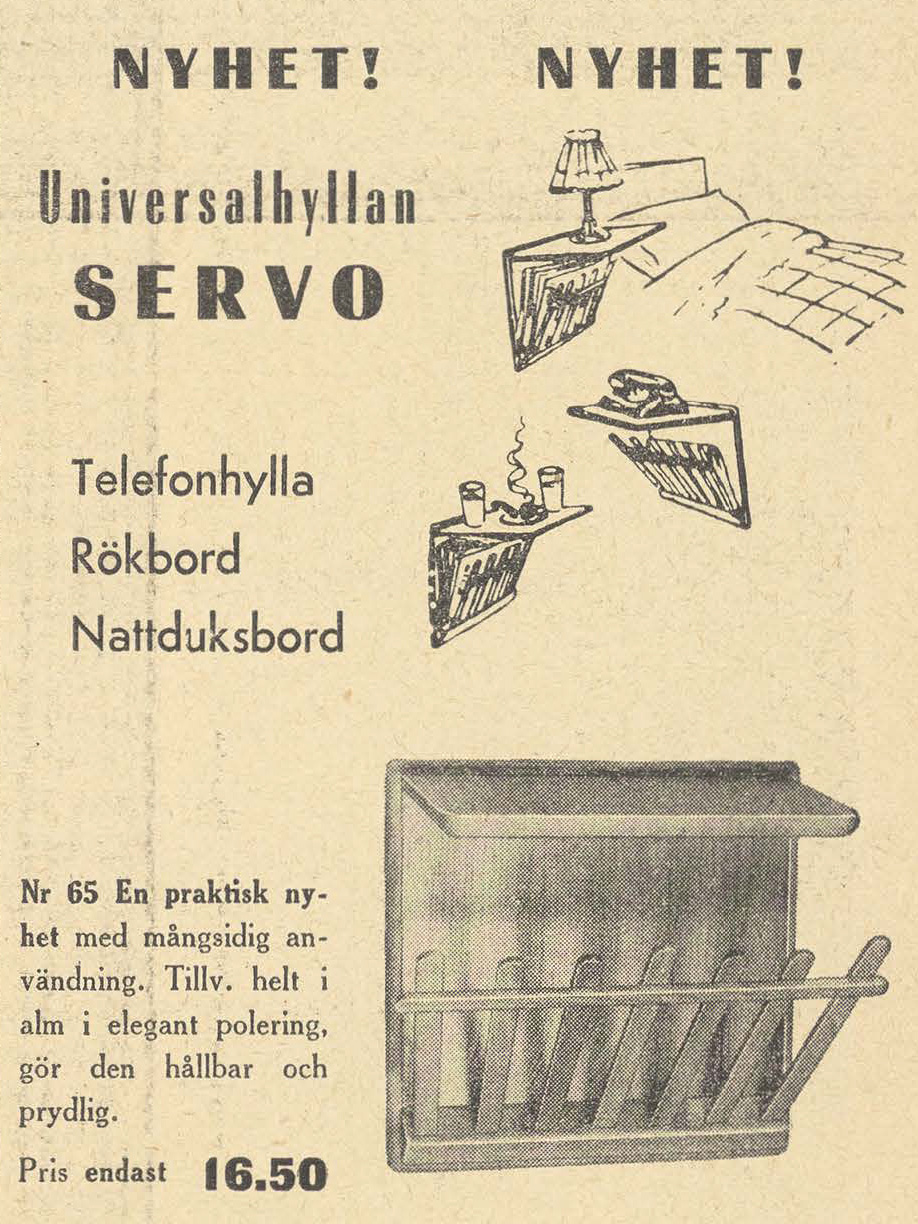

Furniture with a purpose
Much of the furniture in those early IKEA catalogues from the 1950s had a clear purpose. There were quite wordy and persuasive descriptions of how to use the furniture, from knitting chairs and homework desks to dining-room furniture and hallway drawers. The 1950 ikéa-nytt included a ‘universal’ or general-purpose shelf. Customers could decide themselves whether to use SERVO as a bedside table, a telephone shelf, or perhaps a smoking table for a pipe stand and ashtray.
A few years later, in 1954, far more Swedish homes had a phone, and this was when the first dedicated telephone shelf came to IKEA, appropriately named TELE. It was later followed by SPARTA, a telephone table with a seat, ideal for people who liked a long chat on the phone. It also featured a shelf for paper, pen and phone books.
The telephone table was almost always placed in the hallway, next to the phone jack in the wall. Only very wealthy people could afford to have a phone in more than one room. It would be decades before people thought of putting a phone just about anywhere, even on the floor or the bathroom wall. Not until the first mobile phones came along, around the new millennium, did telephone tables start disappearing from the IKEA range.
From housewife to gender neutral
The 1950s and ’60s IKEA catalogues often mentioned who was supposed to use a particular piece of furniture or a particular room in the house. For example, the “man of the house” was recommended the “masculine” desks that he could put in the “boss’s room” or in his “home office”. The images showed men in suits in front of well-filled bookcases and smoking cabinets. The “housewife” on the other hand should sit comfortably in her knitting chair with her feet up on a sewing pouffe, while young girls would lie on a soft rug and “spin some discs”.
Today, IKEA has long since stopped dividing consumers into men of the house and homemakers, young lads and lasses. The children play in every room, activities are not linked to a particular age or gender, and hobbies can just as easily be practised on the kitchen table or hallway floor.
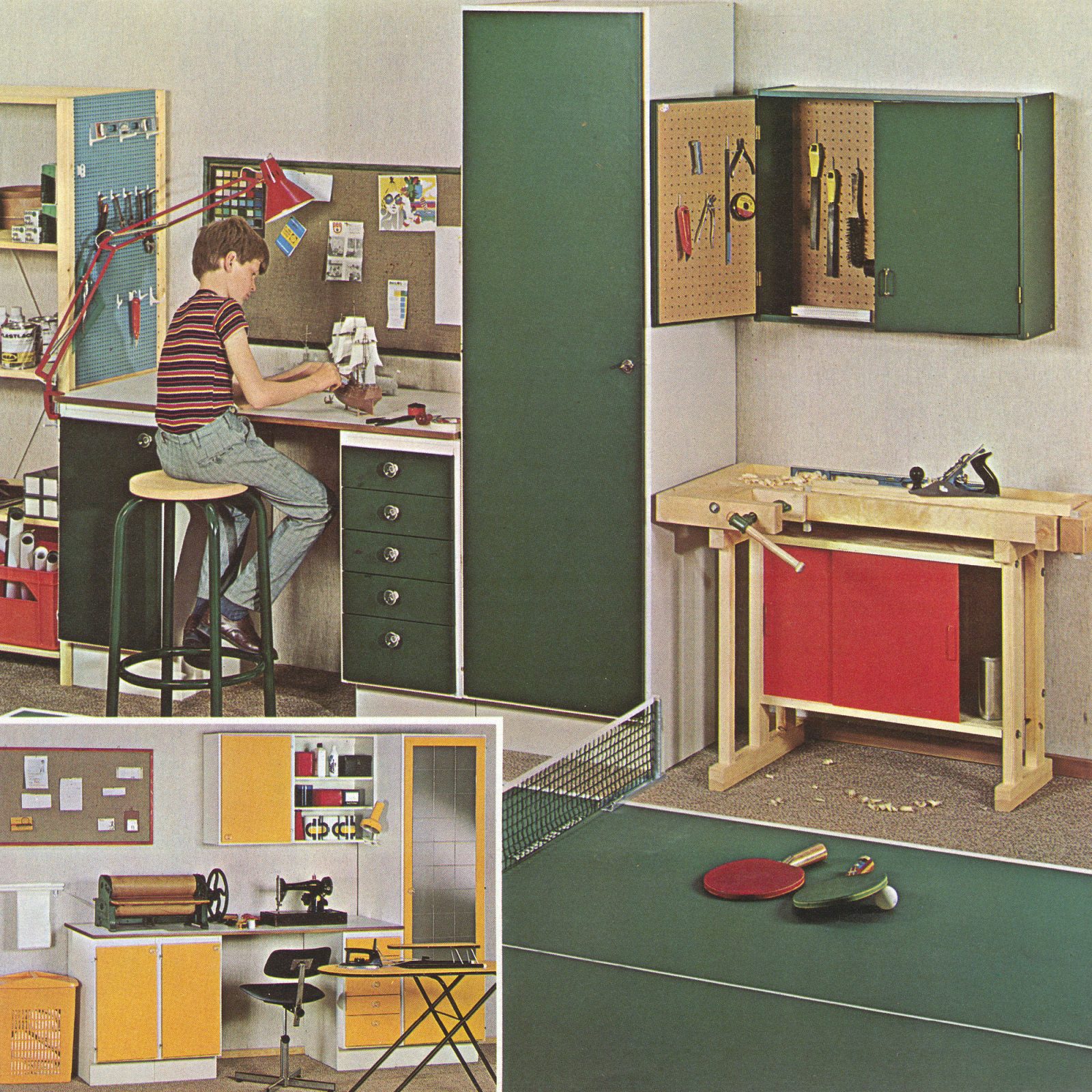
Extinct rooms
It’s not only furniture that has become extinct; some rooms have too. Few families today have a family room with cosy furniture, table tennis table and bar cabinet. Even the hobby room, an almost mandatory feature of a 1970s Swedish home, has virtually disappeared. The final rustic pine workbench appeared in the 2005 IKEA catalogue, after a three-decade break. The good value weaving loom only appeared in the 1982 IKEA catalogue.
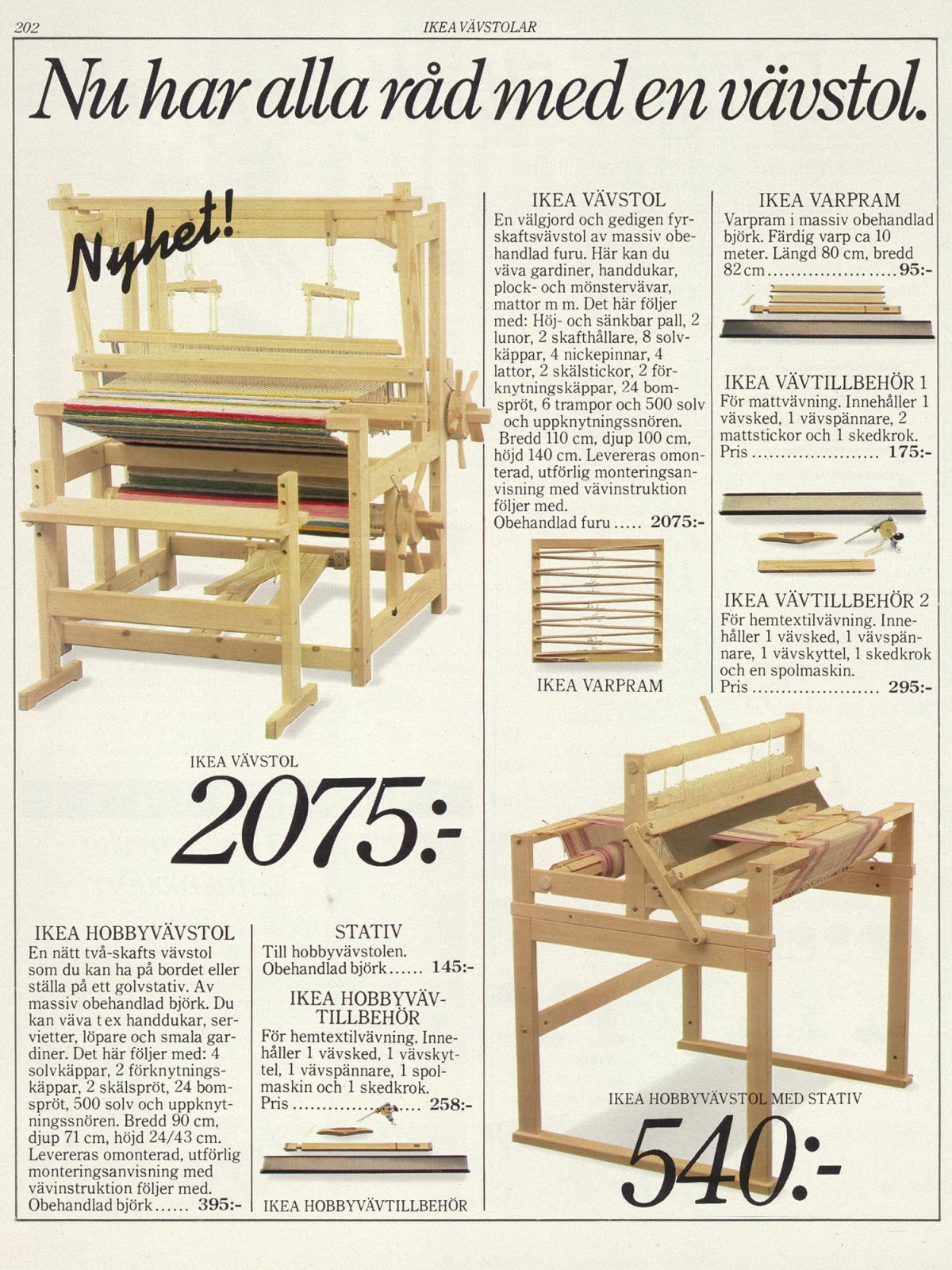
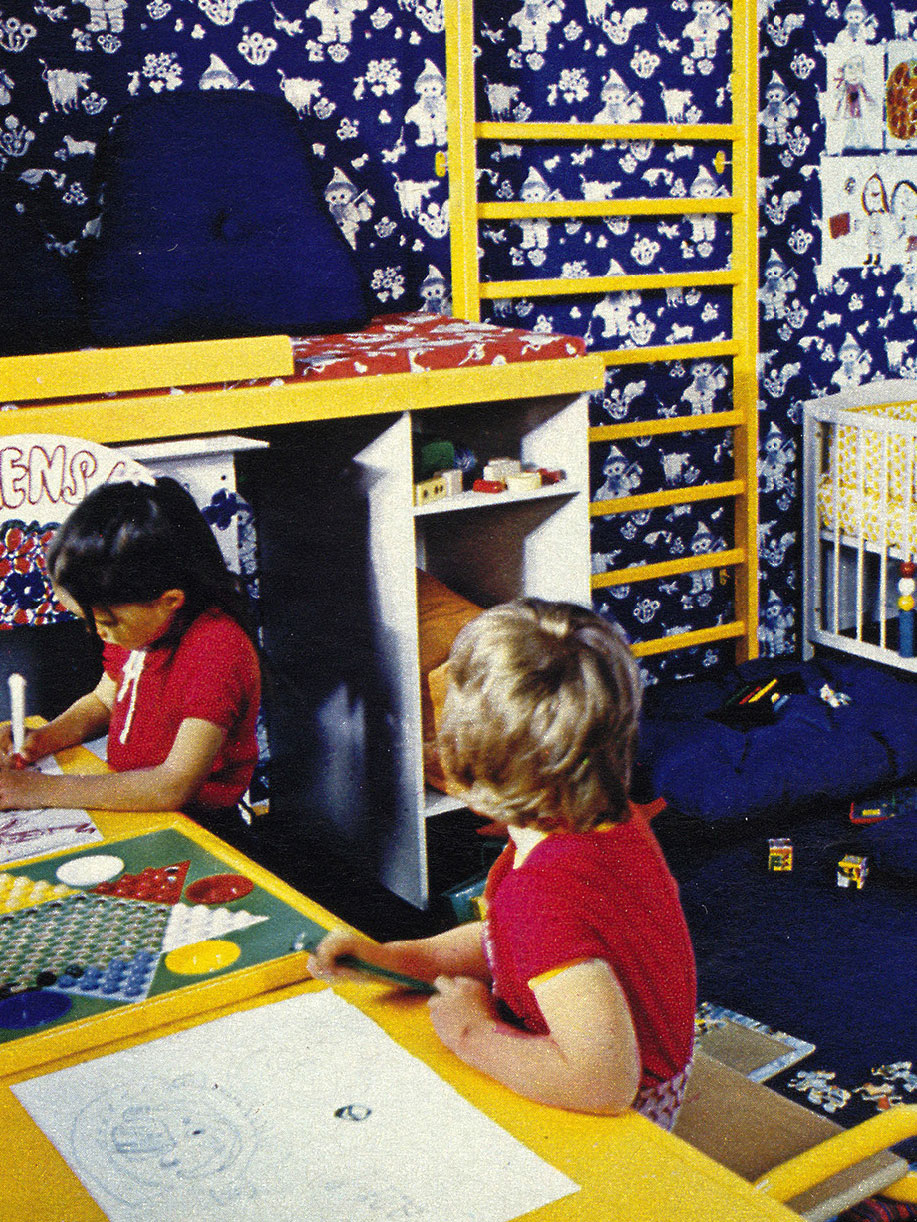
IKEA no longer has what it used to call “dining room suites” in its range, i.e. full sets of matching table, chairs and sideboard. This is partly because a lot of people nowadays prefer to eat in the kitchen or in front of a screen, and partly because modern consumers prefer to mix and match their furniture themselves.
Another uncommon room in modern times is the drawing room or parlour, particularly in the homes of single people or families with young children. It was a room with fine furniture and ornaments, although it was rarely used for spending time in.
Multimedia furniture
One of the clearest signs of changing times are the pieces of furniture for stereo and other media, which have always been a prominent part of the IKEA range. It all started with simple TV and radio stands for the first small, compact machines. As televisions and music systems grew in height and width, IKEA brought in larger and taller benches and cabinets that could also hold vinyl records, cassettes and VHS tapes. TV benches had to be able to take a huge, fat-screen TV and VCR.
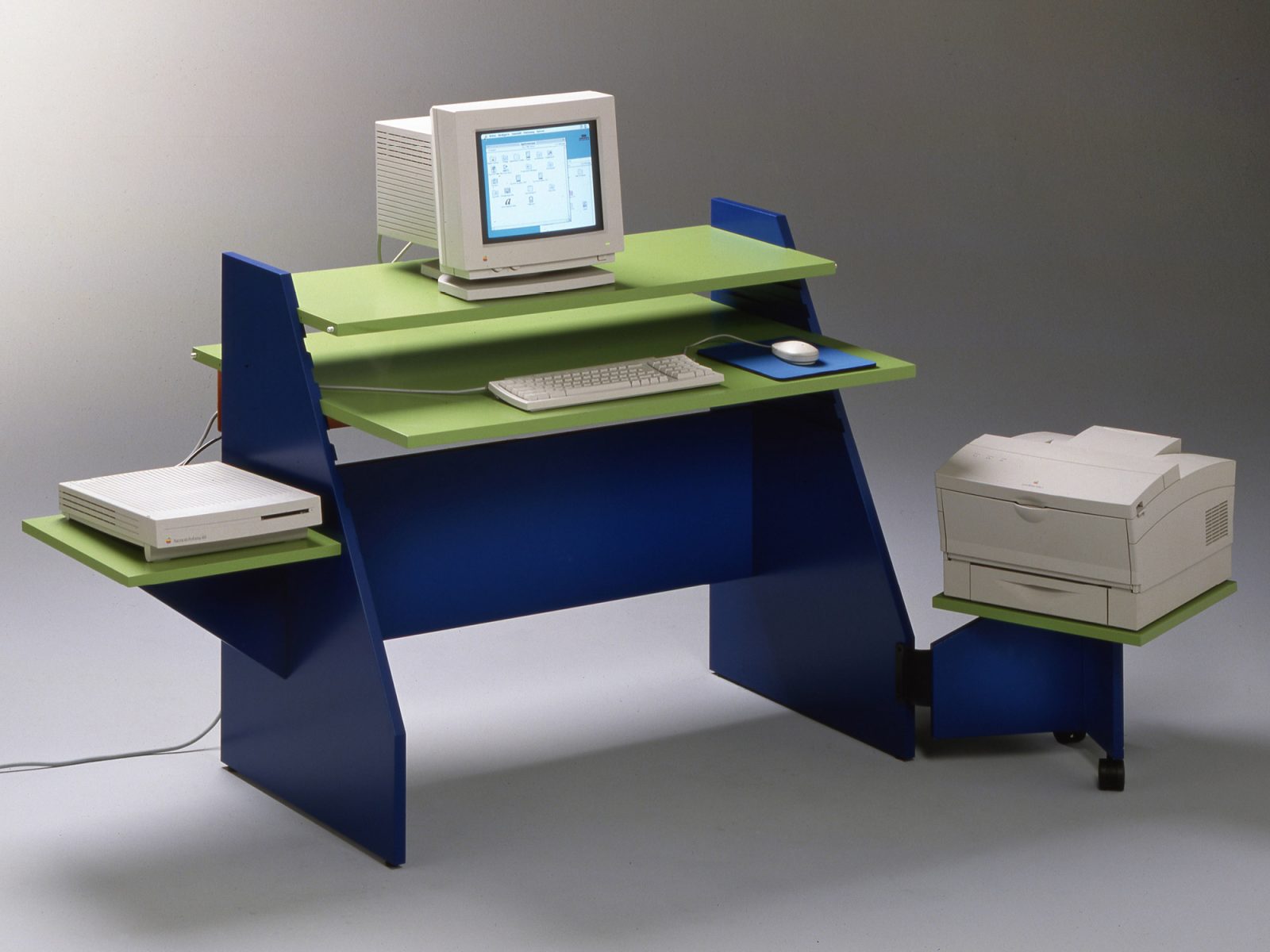
In the 1980s, the CD revolutionised the music and video industry. At the same time, prices for personal computers came down, and IKEA started producing computer desks with special shelves and compartments for everything from keyboards to printers and CD racks. People had been saving their texts and images onto square floppy discs, but here too the CD took over thanks to its far larger storage capacity.
The 1990s also saw the arrival of the CD tower. There were tall, narrow units full of flat, square CD covers in virtually every home – until one day there weren’t. The internet and mp3 files had arrived on the scene.
Soon, CD towers formed virtual forests in second-hand shops everywhere. Today they are often used by upcyclers to make everything from bathroom shelves to bed legs. The question is, what are the objects in our homes today that will no longer be needed in 20, 50 or 100 years? Look around you and have a think!
